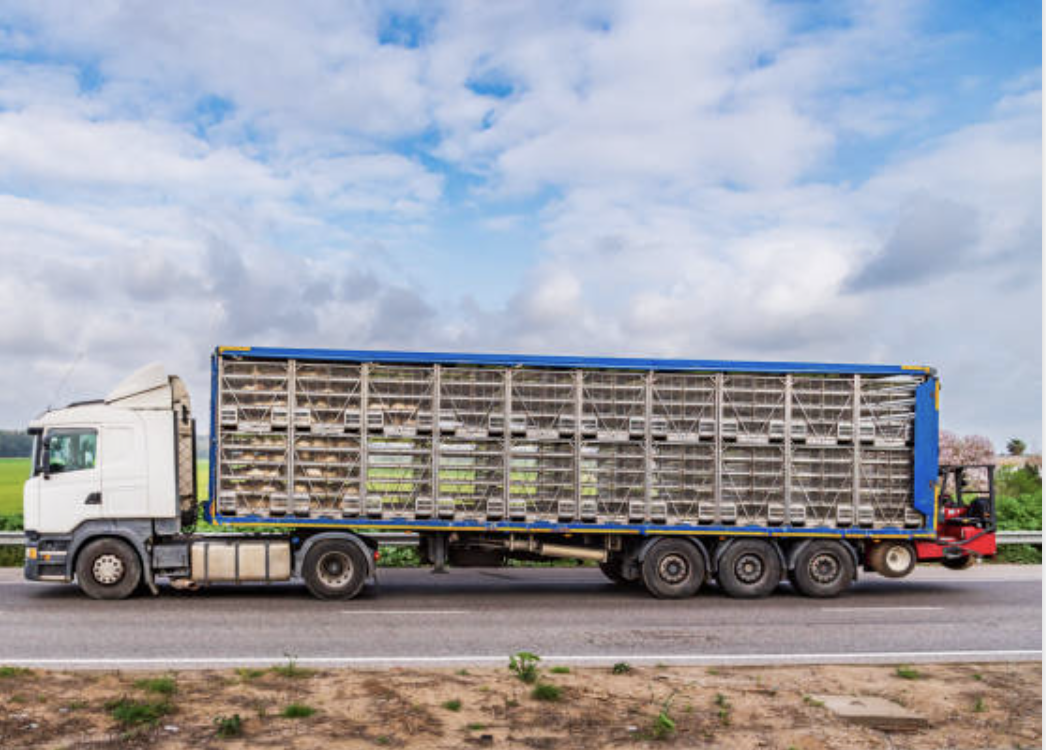CSRD & EUDR from 2026: From climate intent to business action through data-driven operational integration

A strategic turning point for large businesses—and their suppliers
By 2026, companies with over 1,000 employees across the EU will fall under the Corporate Sustainability Reporting Directive (CSRD) and must comply with the EU Deforestation Regulation (EUDR) if sourcing key commodities. These regulations aren’t just paperwork—they are reshaping how businesses operate, collaborate with suppliers, and align financial and sustainability goals.
The first quarter of 2025 marks the beginning of CSRD’s first official reporting phase, and while some requirements may be delayed or simplified, the core expectation stands firm: companies must embed ESG into financial strategies and supply chains—not just report it retroactively.
What changes in 2026?
- CSRD requires ESG and climate impact to be reported within annual financial reports.
- EUDR demands full traceability of specific commodities (e.g., soy, palm oil, timber, cattle) and proof of no deforestation after Dec 2020.
- Only companies with 1,000+ employees will be obligated, yet their entire value chain—including smaller suppliers—must align.
- New double materiality rules mean reporting how your company impacts the environment and how sustainability risks impact your business.
- Companies must link CapEx, OpEx, and revenue to climate action
The data demands: Granular, verified, integrated
You’ll need more than high-level emissions data. Every figure must be auditable, machine-readable (XBRL), and verified by third parties.
Here’s what will be required:

Why finance, procurement & boards must act now
- Procurement teams will need traceability down to the farm, especially for soy, coffee, or timber-based products.
- Finance leaders must prepare for integrated ESG-financial reporting: climate-adjusted balance sheets, CapEx in mitigation projects, and EU Taxonomy-linked revenues. It reflects core expectations under CSRD as defined in 2023–2024. It is still aligned with the ESRS E1 and EU Taxonomy. But — upcoming regulatory simplifications may adjust who is affected and when.
- Boards must approve strategies that address these changes holistically—governance is part of the CSRD too.https://www.efrag.org/lab3
Ignoring this isn’t an option: the risks include increased sourcing costs, disqualification from public tenders, reputation loss, and investor pressure.
Flip the script: Don’t start with reporting—Start with action
Instead of scrambling to collect retroactive data, companies should model future performance first. Here’s how to flip the compliance burden into a strategic business opportunity:
- Start with Climate Action scenarios
Map potential projects for emission reductions, water savings, deforestation avoidance. Connect them to business growth metrics and cost drivers. - Build a cross-functional team
Break silos between sustainability, finance, operations, and procurement. CSRD touches them all—and so must your internal collaboration. - Tag Financial flows early
Label CapEx and OpEx tied to climate goals, before they become sunk costs. This is what CSRD is looking for—forward-planning, not backward-looking reports. - Engage suppliers in co-planning
Especially under EUDR, suppliers need to prepare. Don't just demand data—support them with tools and shared scenarios.
What Unibloom delivers
Unibloom’s climate action data & simulation platform for the procurement, innovation & supply chain is designed for the new climate action era:
- Plan reduction targets and projects dynamically across Scope 1–3 emissions, land-use, deforestation, energy and raw materials.
- Link climate action to CapEx/OpEx, business growth, and financial risk—ready for CSRD alignment.
- Bringing in nutrition to meet livestock requirements and operational efficiency
- Model future scenarios, not just track past performance—so climate solutions become proactive for procurement & innovation, not reactive.
- Collaborate across teams and suppliers, combining strategy, analytics, and operational input in one platform.
“Sustainability managers can’t achieve climate goals alone—it takes input from operations, business, and analytics teams.”
Want to learn more? https://unibloom.world/feed
calendly.com/anna-sandgren or anna.sandgren@unibloom.world
Success stories: Unilever & Scandi Standard
https://www.unibloom.world/customer-stories
Sources:
Corporate sustainability reporting - European Commission
Proposal for a regulation on deforestation-free products - European Commission
https://www.efrag.org/Assets/Download?assetUrl=%2Fsites%2Fwebpublishing%2FSiteAssets%2FAppendix+2.6+-+WP+on+draft+ESRG+1.pdf
https://assets.kpmg.com/content/dam/kpmg/nl/pdf/2024/services/get-ready-for-the-eu-taxonomy-regulation-kpmg.pdf
Traceability and geolocation of commodities subject to EUDR - European Commission
EU taxonomy for sustainable activities - European Commission
Corporate sustainability reporting - European Commission




